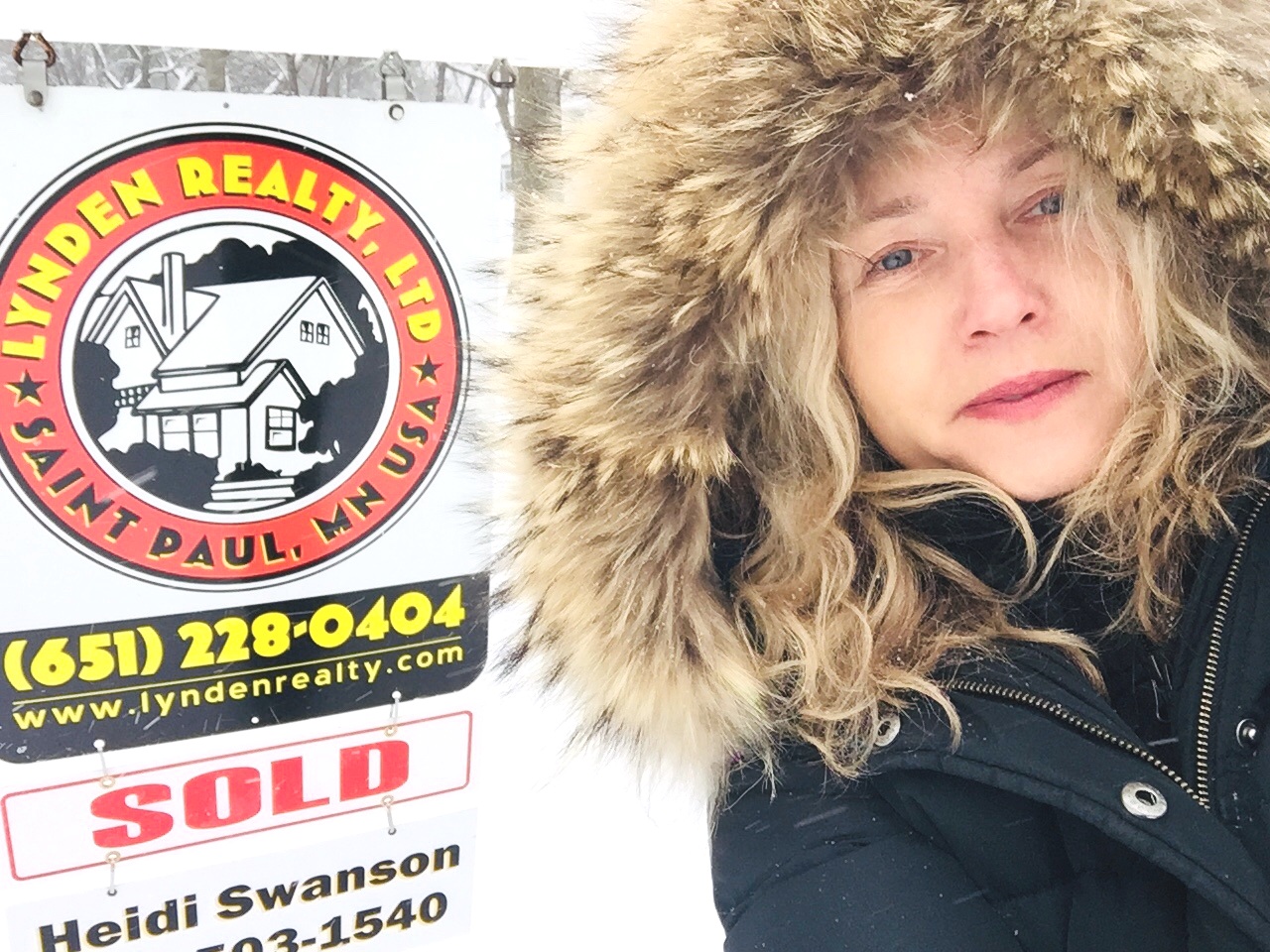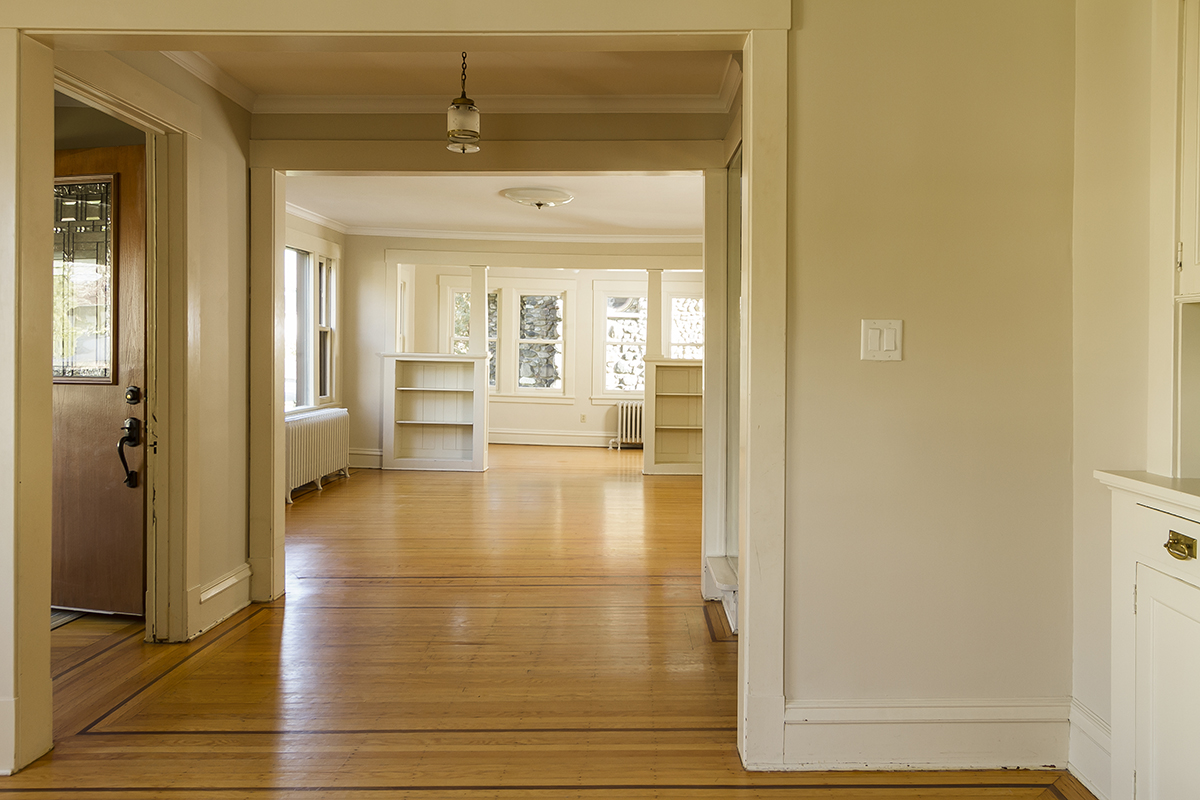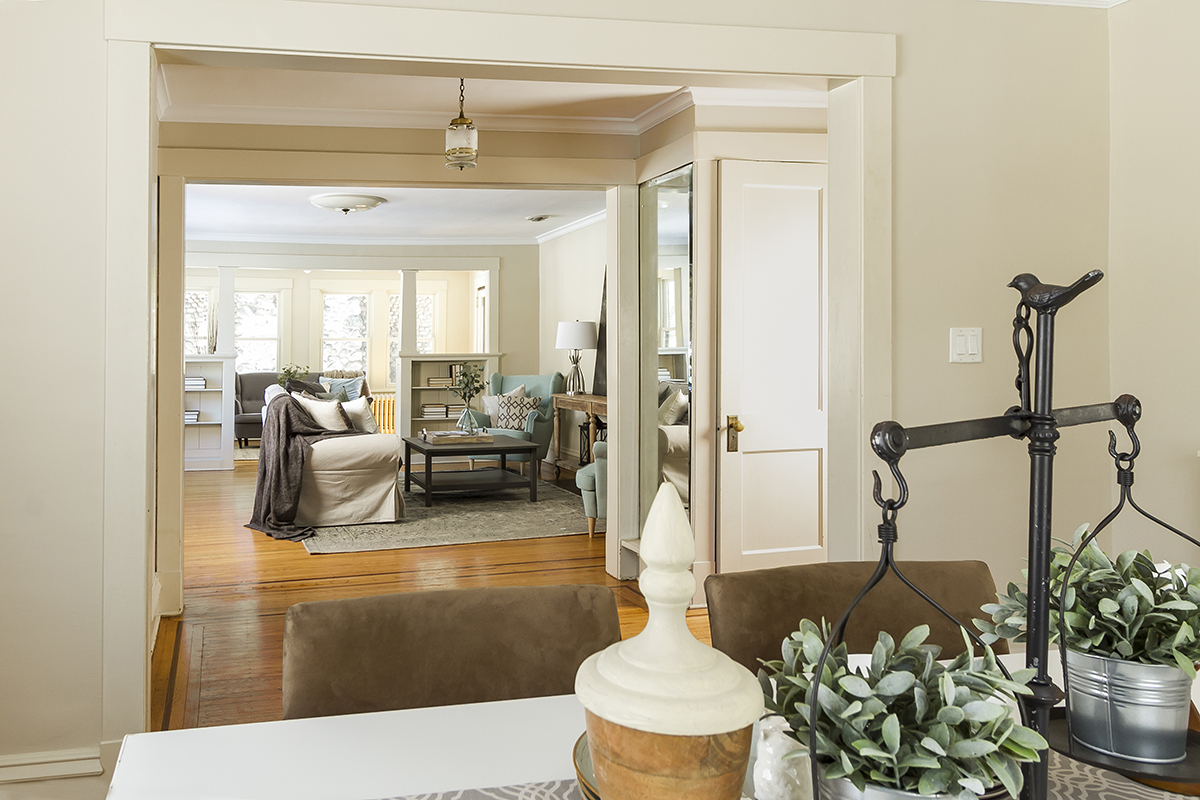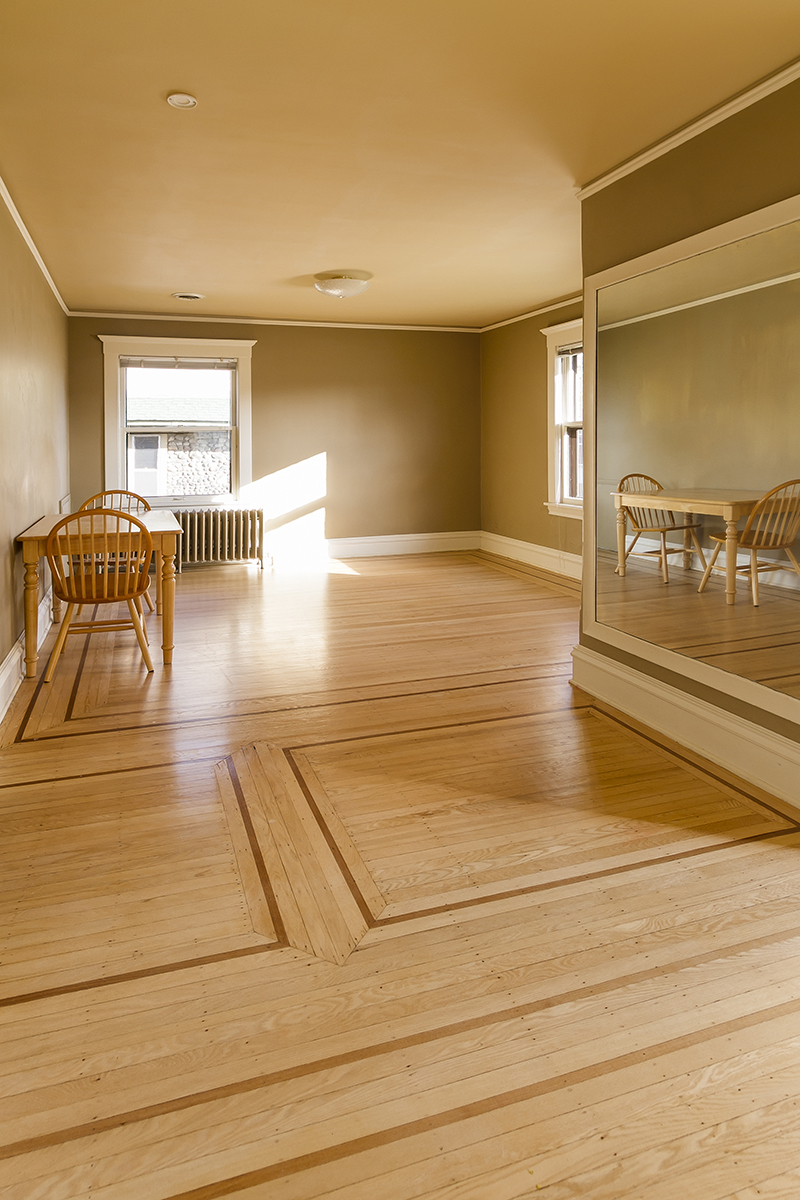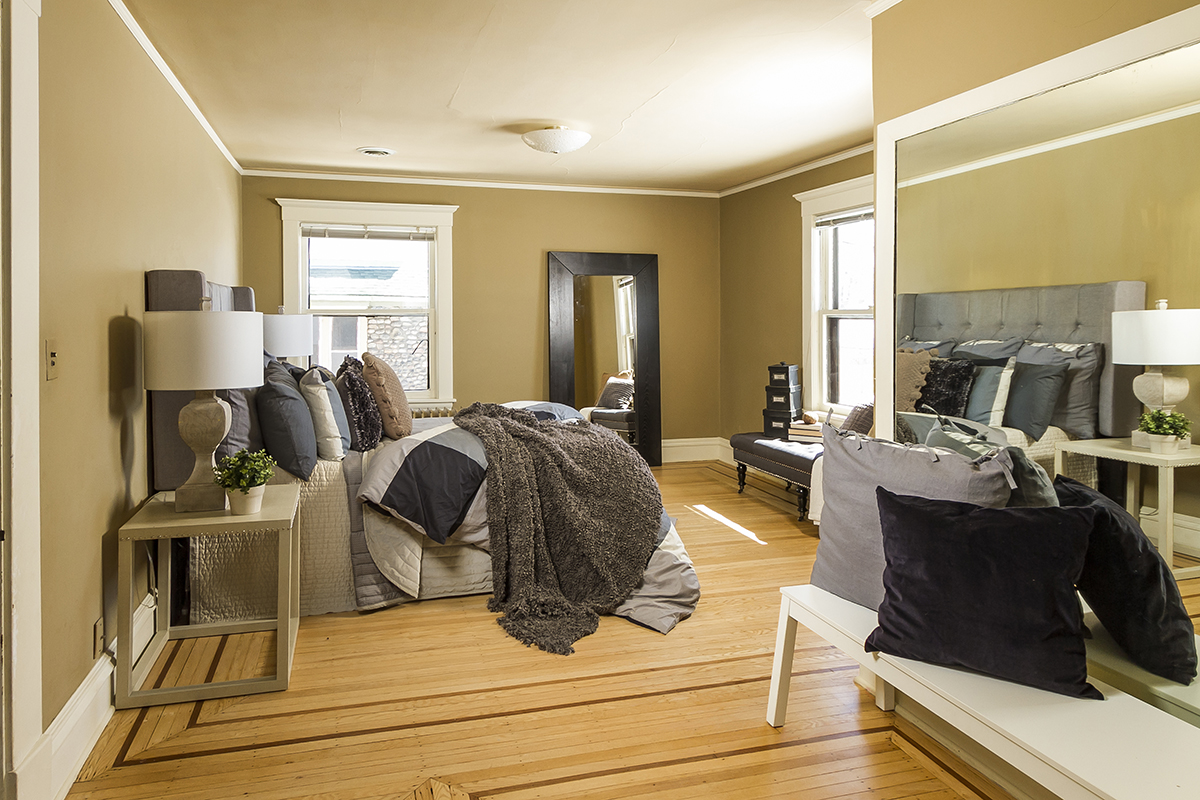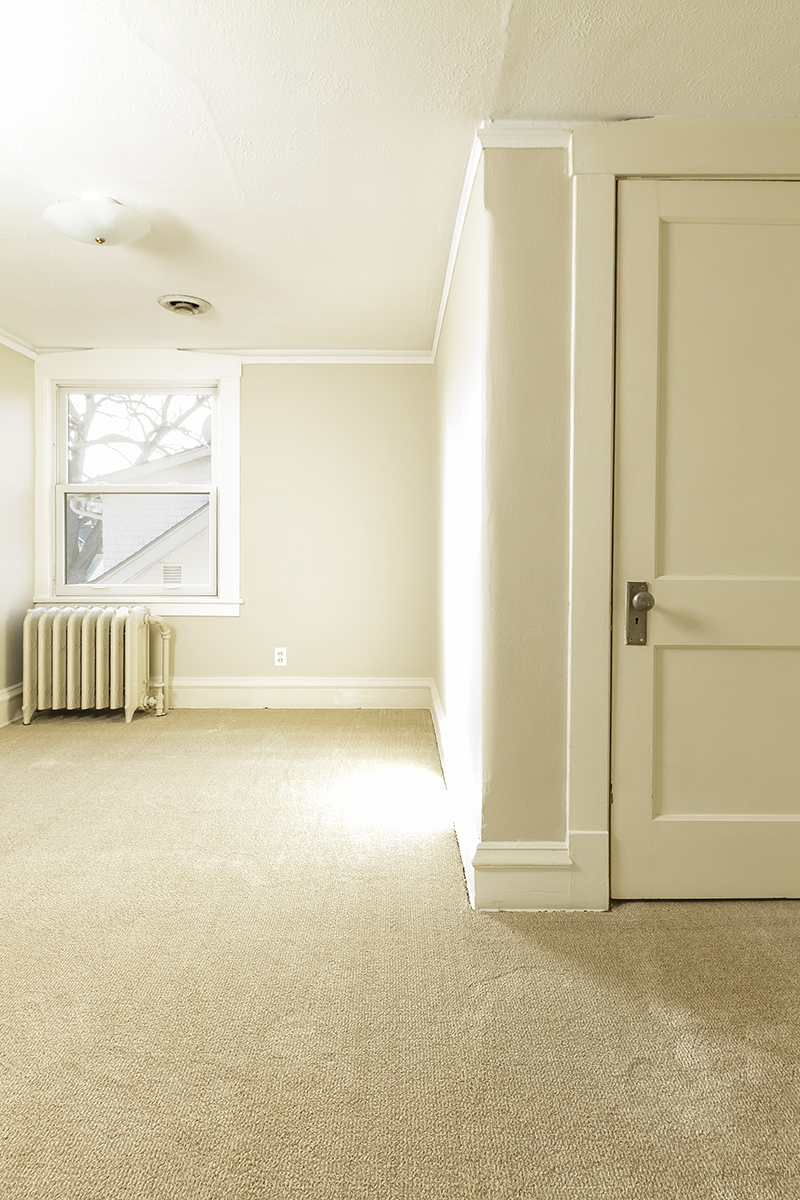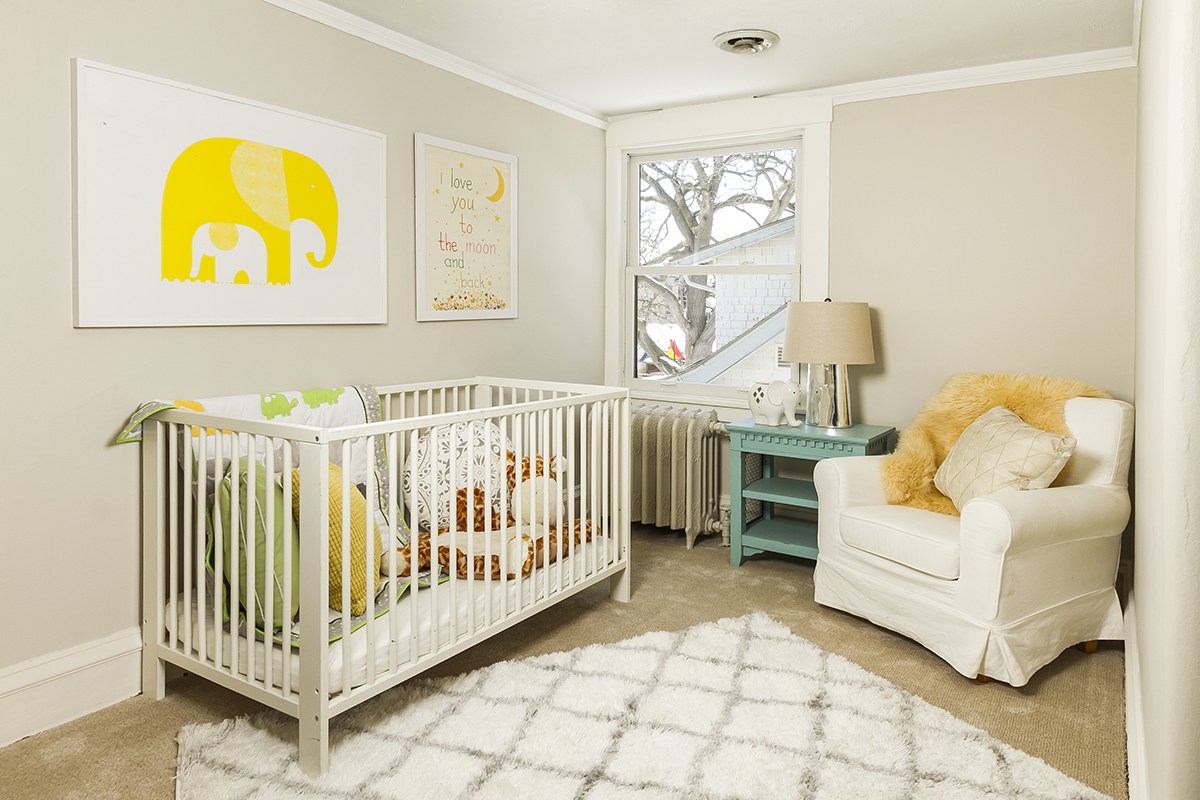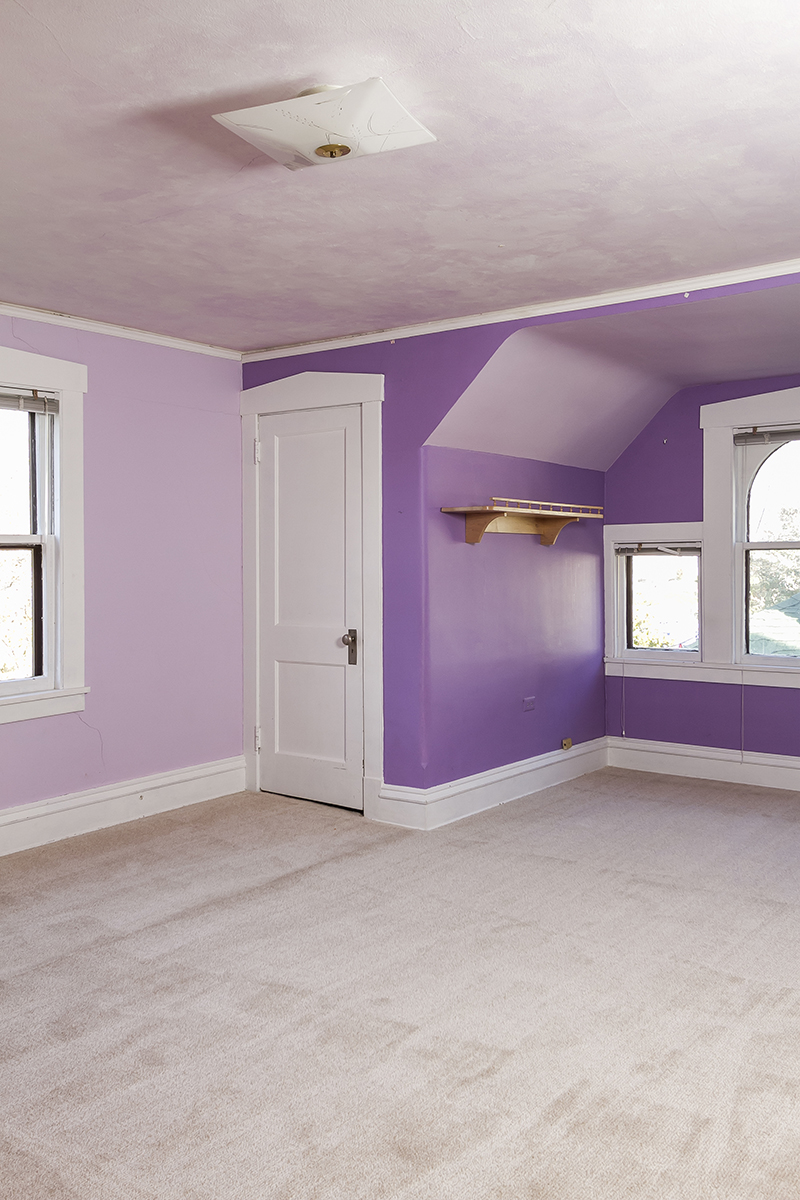Early Bird Gets the Worm
If I were planning to sell my home (which I someday may) I would definitely try to list it in the spring, Minnesota’s peak buying and selling season. Makes sense, right? Snow melts (we hope!), holidays pass and warmer weather makes for easier moving. And if I were planning to sell this year, I would be prepping my house today for a March listing date, April or May at the latest. Why? Because home shoppers are out now, preparing to buy and seeing little to choose from — it’s still very much a seller’s market.
Low inventory, Little competition
The pre-spring Twin Cities housing inventory has been limited, especially in the low-to-mid price range, giving sellers of those homes a big advantage, for the moment. A similar scenario played out last year at this time then came to an abrupt and unexpected slowdown mid to late summer. After enduring fierce competition, multiple offers and lost bids, active buyers may have stepped back in exasperation, but they did not go away. They’re back and they want your house.
If you can swing it, I recommend getting ahead of other peak-season sellers by getting your home on the market as soon as you’re able. With fewer listings comes more views, more potential buyers, and most likely a faster sale. Let’s say you list in late March and accept an offer that week. Considering an average closing period takes 30-45 days, you may be wrapped up well before June, ready to enjoy the summer, or settle into your next home.
Months of Supply | Single Family Homes | Twin Cities*
Spring prices
Historically, home sale prices in Minnesota rise with the temperature. The first graph below shows these seasonal price swings in the Twin Cities market over the past 10 years— valleys are cold weather, peaks are warm. Keep in mind, the peak prices you see for summer months reflect sales of homes that were most likely listed in the the spring. Considering number of days on market and the time it takes to close, the sales recorded in May and June are most likely those of homes listed in March and April.
The number of days on market — time between when a property is listed and when an offer is accepted — are typically fewer in the spring and summer, as shown in the second graph. In 2018, the average for days on market in the Twin Cities was lowest in July (38 days) and highest in February (69 days). Minneapolis and St. Paul’s summer averages were even lower at 32 and 27 respectively. So if timing and price matter, list your home in the spring. You’re likely to get a higher offer and spend less time on the market.
What if You’re Selling, and Buying?
Maybe you’d like to sell but are afraid or uncertain about having to buy your next house. It’s great to be the seller in a seller’s market, but what happens when you suddenly become the buyer? This is a common and very real fear. What if you list, get an offer right away and haven’t found your next home? Or maybe you do find it but feel pressure to offer more than you want because of your situation?
Many wannabe home sellers, who also need to buy, are feeling stuck for these very reasons. But know that it can work out. In the past year, during this crazy stressful market, I’ve seen many happy clients end up exactly where they want to be after taking the leap to sell. You’ll need to know your limits, stay flexible when you can, and make a plan. Below are some options for navigating the potential sell-buy scenario based on the successful maneuvers of past clients. They’re certainly worth exploring if you’re contemplating a move.
Option 1: Buy then Sell
If you can afford it, buying your next house before listing yours can be a good way to go. Start both projects simultaneously — begin searching and visiting new homes while prepping your home to sell. Enlist the help of a professional at this point because things can move fast. Prepping your home will take longer than you think so start right away. If you want it to move fast to avoid carrying the costs of two properties, do it right the first time. Act as if you’ve already found your next dream home and get going purging, repairing and cleaning, today!
Even though it’s a seller’s market at most price points, buyers still want move-in ready spaces that are HGTV-worthy. Consider staging, especially if your space is vacant or partially furnished after moving into your new place. Priced right, your home will most likely sell faster if it’s staged, and maybe even for more money. Well-appointed spaces are fun to tour and look way more eye-catching in photos. And since web appeal is the new curb appeal, your visually striking pics matter!
Option 2: Sell Rent Buy
You might consider selling your home then renting while you search for your next one. This can be a smart option if you can secure a flexible lease and don’t mind temporary housing. It will give you the luxury of time to search for the perfect house, wait out seasonal highs and feel less pressure to overbid when up against competing buyers. You can step back and take a more calculated approach.
If your rental unit doesn’t have the storage you need, consider leasing an off-site storage unit or asking family or friends with extra space to hold your stuff. Consider living with family or friends too if you have that option.
Option 3: Buy Contingent on Selling Your Home
You can always make an offer on a property contingent on the sale of your home. That means you commit to buying the home only after your house sells and closes. This is a long shot in a hot seller’s market so don’t get your hopes up. It can happen though, and did last summer for some happy clients of mine. Under the right circumstances, a seller may accept your offer — you never know until you ask.
You’ll have a few options when going this route. The best is to already have your home on the market, under contract, and set to close when you submit the offer. Of course things can change to prevent your closing but it’s not that likely, and having secured a buyer should put the other home seller at ease.
Or, make an offer when your home is listed (and you’ve not yet received an offer) — risky for the seller of your new home who has no idea when or if that may happen. Still it’s worth a try if that’s where you are in the process.
Finally, you could submit an offer under the condition you will put your home on the market soon, specifying the listing brokerage and number of days until active. Put yourself in the shoes of these other sellers though — would you choose a contingent offer over non-contingent? Probably not, but you should know this is an option that has worked.
Option 4: Sell Contingent on Buying a Home
In this scenario you would put your home on the market then make any incoming offer contingent on you finding your next home. This typically happens in a hyper-competitive seller’s market, and a buyer may or may not agree to it. What if you can’t find that dream home? Your buyers will be anxiously waiting and watching the market as new homes enter and get snapped up — stressful. It creates more risk for them and if they need to move by a certain day it might not even be possible. But if they’re determined to get your house and are flexible, it can work.
If you are considering a move this year you should start thinking about it now, or soon! And if you have questions about the process, market conditions or anything else, please connect. It’s smart to know your options, keep up with local sales trends, and get help when needed.
Months of Supply: the inventory of homes for sale at the end of a given month, divided by the average monthly Pending Sales from the last 12 months. Simply put, how many months it would take for all current listings to sell at the recent rate of sales.
Twin Cities Region: 16-county metropolitan statistical area comprised of 14 counties in Minnesota and 2 counties in Wisconsin.
Heidi Swanson is a Realtor® based in St. Paul, Minnesota. She writes a blog to share information on variety of topics including buying and selling, market conditions, homeownership trends, local events and more. Reach her at heidi@lyndenrealty.com or 651-503-1540.


